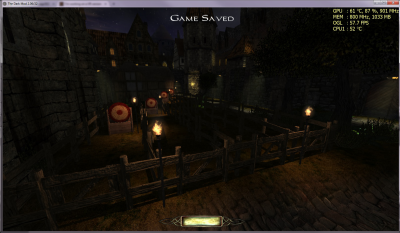-
Posts
4159 -
Joined
-
Last visited
-
Days Won
50
Everything posted by duzenko
-
Test the new GLSL interaction shader: "r_ignore2 1" in the svn .exe
- Show previous comments 2 more
-

Indeed. It crashes for me as well. Any progress on this?
-
Try now
-

GLSL is alive!



